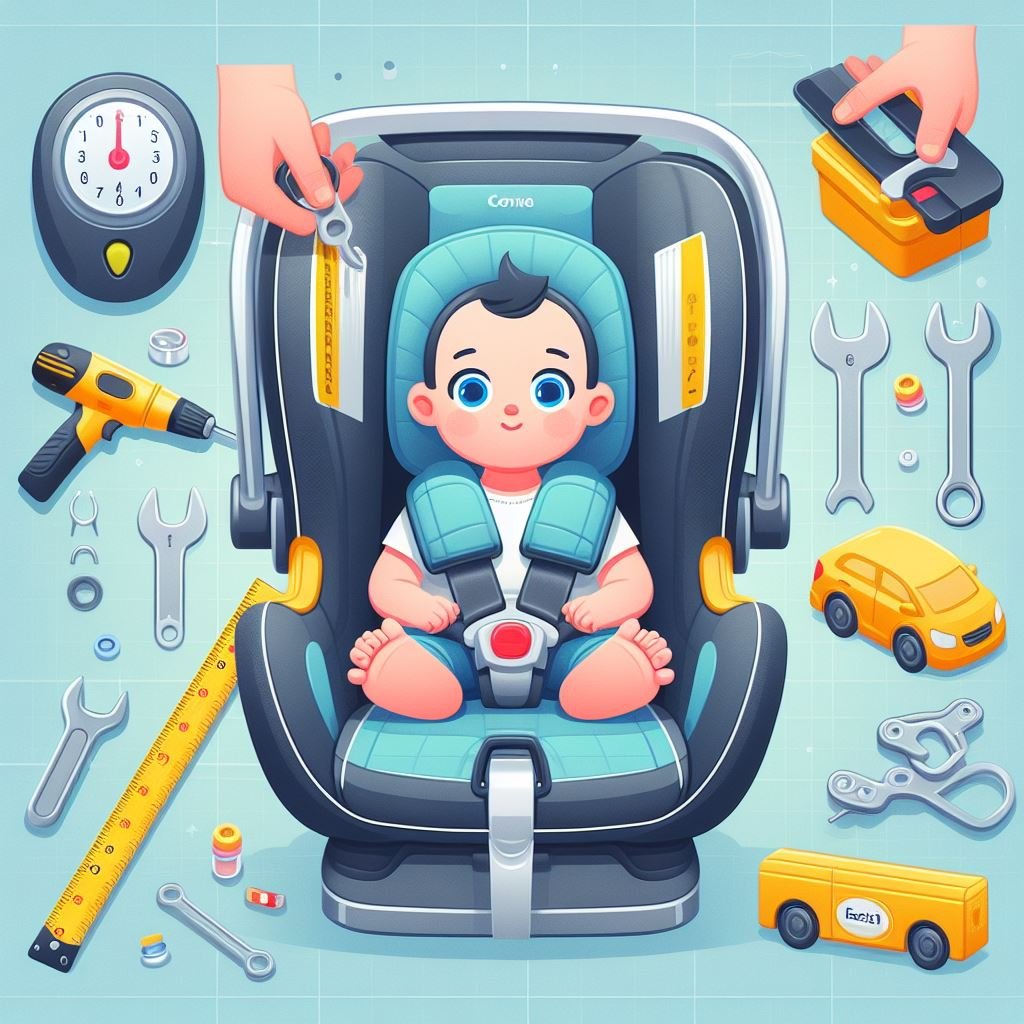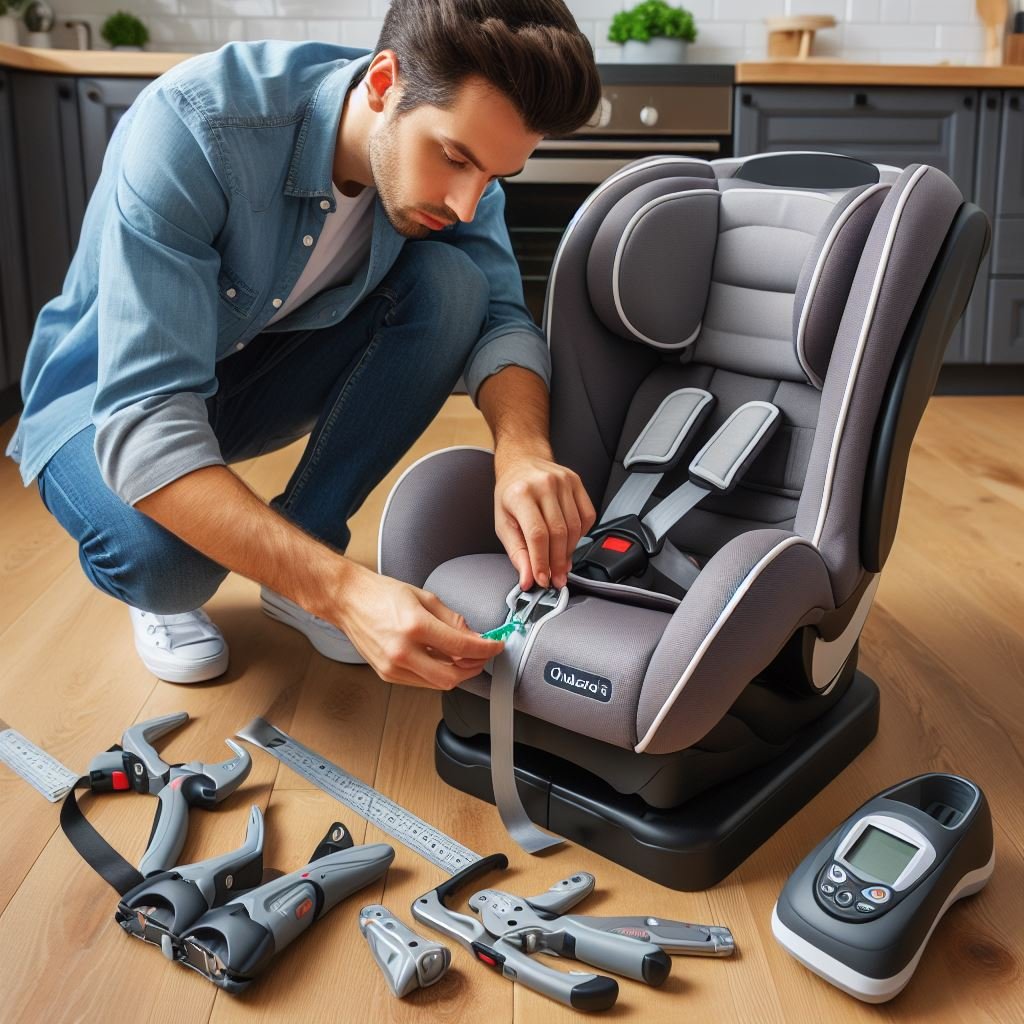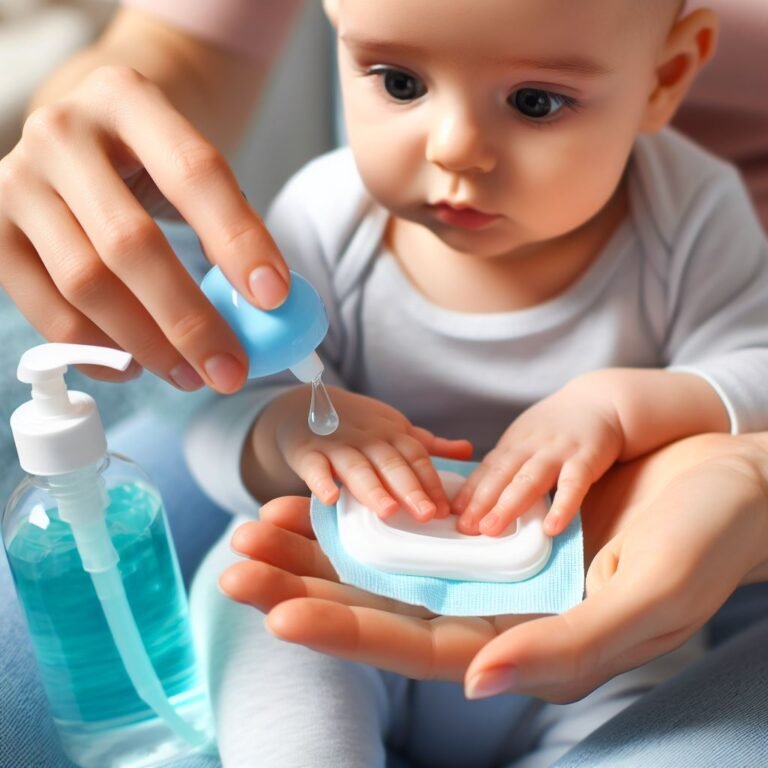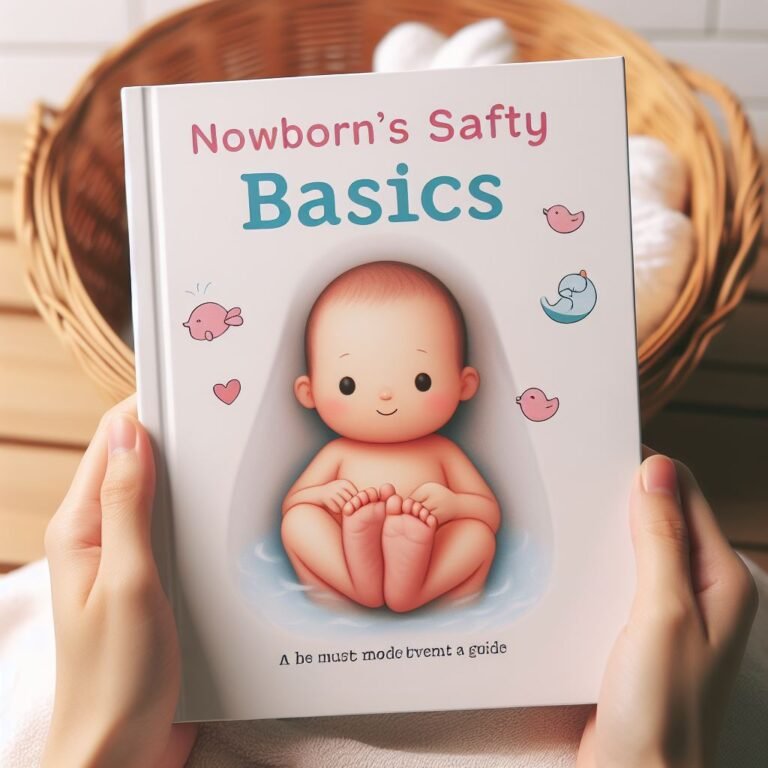How to Install Safety 1st Onboard 35 Infant Car Seat ?
Are you tired of struggling with car seat installations that leave you feeling frustrated and defeated? Look no further!
In this article, we will guide you through the step-by-step process of installing the Safety 1st Onboard 35 Infant Car Seat with ease and confidence. Our professional and user-friendly instructions will ensure that your little one travels safely and comfortably, offering you peace of mind on every journey.
Say goodbye to car seat installation woes and hello to stress-free travels!
Key Takeaways
- Verify car seat specifications and compare them to your vehicle’s specifications.
- Inspect the car seat for damages or defects before installation.
- Position the base in the desired seating position in the vehicle and ensure it is level and securely attached.
- Adjust the car seat’s recline angle, harness straps, and check for proper installation before use.
Checking the Car Seat Compatibility
How can you determine the compatibility of the car seat with your vehicle?
When it comes to the safety of your child, it is crucial to ensure that the car seat you choose is compatible with your vehicle. To determine compatibility, there are a few key factors to consider.
Firstly, check the car seat’s specifications and compare them to your vehicle’s specifications. Look for information such as weight and height limits, as well as the type of installation required. Some car seats may only be suitable for certain types of vehicles, so it is important to verify this before making a purchase.
Secondly, consult your vehicle’s owner’s manual. This will provide you with valuable information regarding the specific requirements for installing a car seat in your vehicle. Look for sections that discuss car seat installation and any restrictions or recommendations.
Lastly, consider seeking professional guidance. Many car seat manufacturers offer resources such as online compatibility checkers or customer service helplines. These can be extremely helpful in ensuring that you choose a car seat that is compatible with your vehicle.
Preparing the Car Seat for Installation
To ensure a proper installation, inspect the car seat for any damages or defects before proceeding. It is crucial to prepare the car seat for installation to ensure the safety and well-being of your infant. Start by carefully examining the car seat for any visible signs of wear and tear. Look for any loose or frayed straps, broken buckles, or damaged padding. If you notice any issues, do not attempt to install the car seat and contact the manufacturer immediately for guidance.

Next, check the expiration date of the car seat. Car seats have an expiration date to ensure that they meet the latest safety standards and have not been subjected to excessive wear and tear. If the car seat has expired, it is important to replace it with a new one to ensure the utmost safety for your child.
Additionally, ensure that the car seat is clean and free from any debris or spills. Use a mild detergent and warm water to clean the car seat, following the manufacturer’s instructions. Avoid using harsh chemicals or solvents as they may damage the material.
Installing the Base of the Car Seat
Before proceeding, always carefully and regularly inspect the base of the car seat to ensure it is securely installed and functioning properly. The base of the Safety 1st Onboard 35 Infant Car Seat is an essential component that provides stability and support for the seat.
Here are the steps to install the base correctly:
- Position the base.
- Place the base in the desired seating position in your vehicle.
- Ensure that the base is level and does not tilt forward, backward, or sideways.
- Check for any obstructions or uneven surfaces that could affect the stability of the base.
- Secure the base.
- Attach the LATCH connectors or seat belt to the appropriate anchor points in your vehicle.
- Tighten the LATCH straps or seat belt to securely fasten the base to the vehicle.
- Test the base for any excessive movement or looseness by firmly gripping and shaking it. It should remain securely in place.
Securing the Car Seat in the Vehicle
The car seat should be securely fastened in the vehicle by attaching it to both the LATCH connectors and seat belt anchor points. This ensures that the car seat remains stable and provides maximum protection for your infant.
To secure the car seat using the LATCH connectors, locate the LATCH anchors in your vehicle. These anchors are usually found in the rear seat, where the seat back meets the seat cushion. Attach the LATCH connectors on the car seat to these anchors, making sure they are securely latched. Once the LATCH connectors are attached, tighten the straps to remove any slack.
In addition to the LATCH connectors, it is also important to secure the car seat using the seat belt anchor points. To do this, thread the seat belt through the designated pathway on the car seat. Make sure the seat belt is properly aligned and buckle it securely. Pull the seat belt tight to remove any slack, ensuring that the car seat is firmly in place.

Double-check the installation by giving the car seat a firm tug from side to side and front to back. It should not move more than one inch in any direction. If the car seat is not securely fastened, adjust the LATCH connectors or seat belt as necessary.
Always refer to the car seat’s instruction manual for specific installation guidelines and consult a certified technician if you have any doubts or questions.
Adjusting and Testing the Car Seat’s Installation
Proper adjustment and thorough testing are crucial to ensure the car seat’s installation is secure and reliable. To help you make sure everything is in place and ready to go, here are some key steps to follow:
- Adjusting the car seat.
- Position the car seat at the correct recline angle for your child’s age and size. Refer to the car seat manual for specific instructions.
- Ensure the harness straps are at the appropriate height for your child. The straps should be at or just below the shoulders for rear-facing installation.
- Testing the car seat’s installation.
- Give the car seat a firm tug at the belt path to check for proper installation. It should not move more than one inch in any direction.
- Check that the car seat is securely attached to the vehicle’s anchor points or seat belt.
- Verify that the harness straps are snug on your child, with no twists or slack.
- Ensure the chest clip is positioned at armpit level to properly secure the harness straps.
By following these adjustment and testing guidelines, you can have peace of mind knowing that your child’s car seat is installed correctly and ready to provide them with the utmost safety during travel.
Always refer to the car seat manual for specific instructions, and consult with a certified car seat technician if you have any concerns or questions.
Frequently Asked Questions
How Do I Clean the Safety 1st Onboard 35 Infant Car Seat?
To clean the Safety 1st Onboard 35 infant car seat, follow the manufacturer’s instructions provided in the user manual. Properly removing the seat cover, using mild soap and water, and avoiding harsh chemicals are essential for maintaining its cleanliness and safety.
Can the Car Seat Be Used Without the Base?
Yes, the Safety 1st Onboard 35 Infant Car Seat can be used without the base. It features a European belt path method, allowing it to be securely installed using just the vehicle’s seat belt.
What Is the Weight and Height Limit for the Car Seat?
The weight and height limit for the Safety 1st Onboard 35 Infant Car Seat is typically between 4-35 pounds and up to 32 inches tall. It is important to always refer to the specific product manual for accurate and up-to-date information.
Can the Car Seat Be Used in an Airplane?
The Safety 1st Onboard 35 Infant Car Seat is not designed for use on airplanes. It is important to check with the airline’s specific regulations and guidelines for using car seats during flights.
How Do I Properly Adjust the Harness Straps on the Car Seat?
To properly adjust the harness straps on the car seat, follow the manufacturer’s instructions provided in the manual. Ensure the straps are snug against the child’s body and positioned at or below the shoulders for optimal safety and comfort.
Conclusion
In conclusion, installing the Safety 1st Onboard 35 infant car seat involves several steps.
The first step is to check compatibility. It is important to make sure that the car seat is compatible with your vehicle.
Next, you need to prepare the seat. This includes removing any packaging or labels and adjusting the harness to fit your child’s size and weight.
After preparing the seat, you can proceed to install the base. The base should be securely installed in the back seat of your vehicle.
Once the base is installed, you can secure the seat onto the base. This involves clicking the seat into place and ensuring that it is securely attached.
Finally, it is important to adjust and test the installation. This includes checking the tightness of the harness straps and making any necessary adjustments. It is also important to test the installation by giving the seat a firm tug to make sure it is properly secured.
By following these steps, parents can ensure the safety of their child while traveling. As the saying goes, “Safety first” is not just a cliché but a crucial aspect when it comes to installing car seats for infants.





